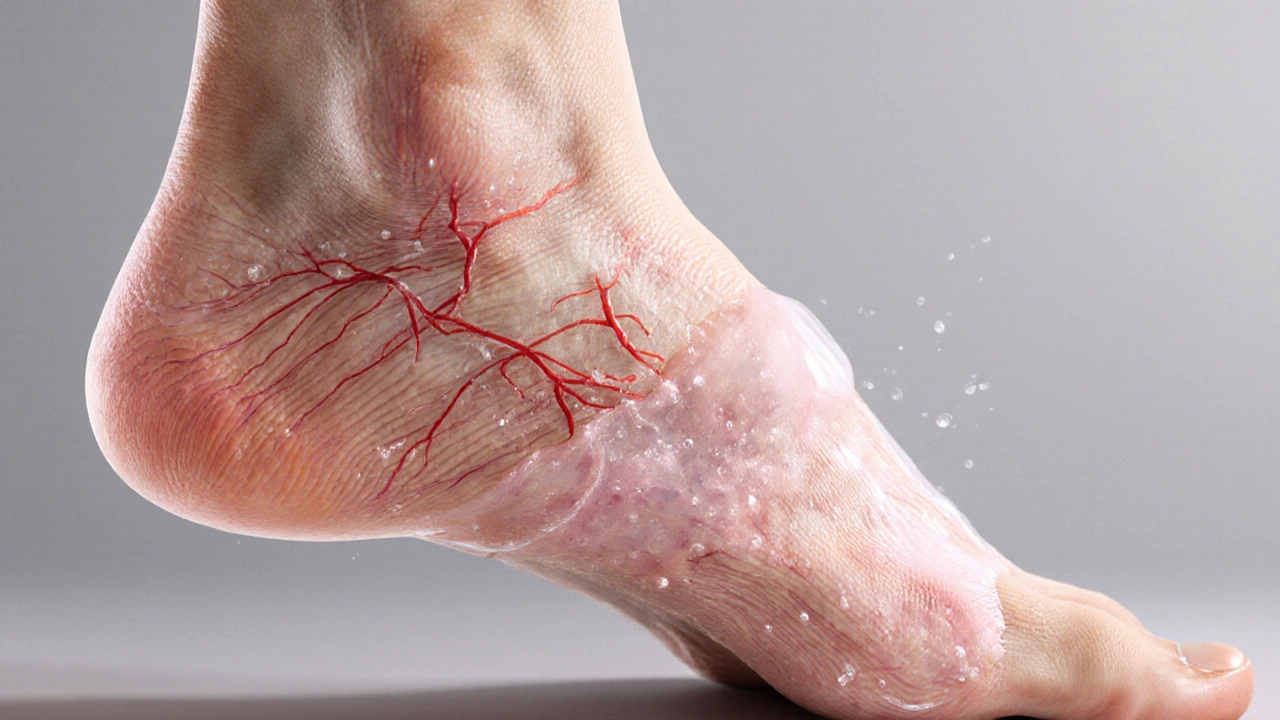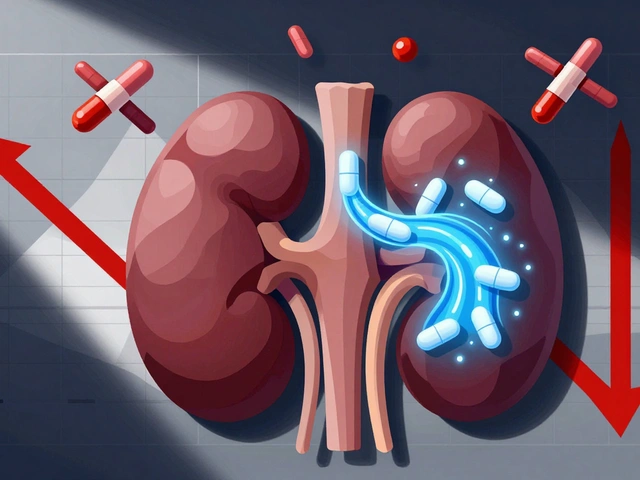Reduce Swelling – Practical Ways to Beat Inflammation
When you aim to reduce swelling, lowering excess fluid and inflammation in tissues, you’re tackling a signal that almost every health issue sends. The body’s natural inflammation, a protective reaction that brings heat, redness, and fluid to the injury site is useful in short bursts but becomes a problem when it lingers. To keep it in check, doctors usually reach for NSAIDs, non‑steroidal anti‑inflammatory drugs that block prostaglandin synthesis and ease pain or corticosteroids, powerful steroids that suppress immune activity and shrink swelling quickly. When the swelling is mostly fluid, especially in the legs or after surgery, diuretics, agents that make the kidneys dump extra water and salt become essential. reduce swelling therefore means choosing the right tool for the right cause – inflammation, excess fluid, or both.
Medicine Choices You’ll Find in Our Guides
Our collection covers the most common anti‑inflammatory options on the market today. Diclofenac SR is a classic NSAID that offers extended pain relief for joint pain, while Betnovate (betamethasone) is a topical corticosteroid that calms skin inflammation without the systemic side effects of pills. For people who need fast, strong action, oral steroids like Prednisone or injectable forms such as Depakote (though primarily an anticonvulsant, it’s sometimes used off‑label for inflammation) appear in our reviews. We also dive into newer oral formulations like Apcalis SX Oral Jelly (tadalafil) that, while aimed at erectile dysfunction, show secondary benefits for blood flow and edema reduction. For fluid‑retention cases, we discuss loop diuretics and thiazides, explaining how they work, dosage tips, and safety checks. Each article points out when a drug works best, potential interactions, and how to spot trustworthy online pharmacies – a must‑know if you’re buying cheap generics.
Beyond prescription drugs, we explore natural agents that can support the swelling‑reduction process. Supplements such as Scotch thistle, known for its antioxidant and liver‑supporting properties, may help the body process inflammatory mediators more efficiently. Guaifenesin, an expectorant, is useful for sinus‑related swelling because it thins mucus and reduces nasal congestion. We also touch on dietary strategies: limiting sodium, staying hydrated, and eating foods rich in omega‑3 fatty acids (like salmon or flaxseed) can blunt the inflammatory cascade. Exercise, especially low‑impact activities like swimming or walking, promotes circulation and prevents fluid from pooling in the legs. When you combine these lifestyle tweaks with an appropriate medication, the overall effect on swelling is stronger than any single approach.
All of these topics flow into the articles below, where you’ll find detailed comparisons, buying guides, safety checklists, and step‑by‑step instructions for each medication or supplement mentioned. Whether you’re looking for a cheap generic NSAID, wondering how corticosteroids compare to newer options, or seeking natural ways to keep edema at bay, the posts in this section give you the facts you need to make an informed decision and start feeling better fast.

Swelling Explained: Causes, Types, and How to Reduce It
Learn why swelling happens, the difference between inflammatory and non‑inflammatory edema, when to seek help, and practical steps to reduce puffiness.
read more




